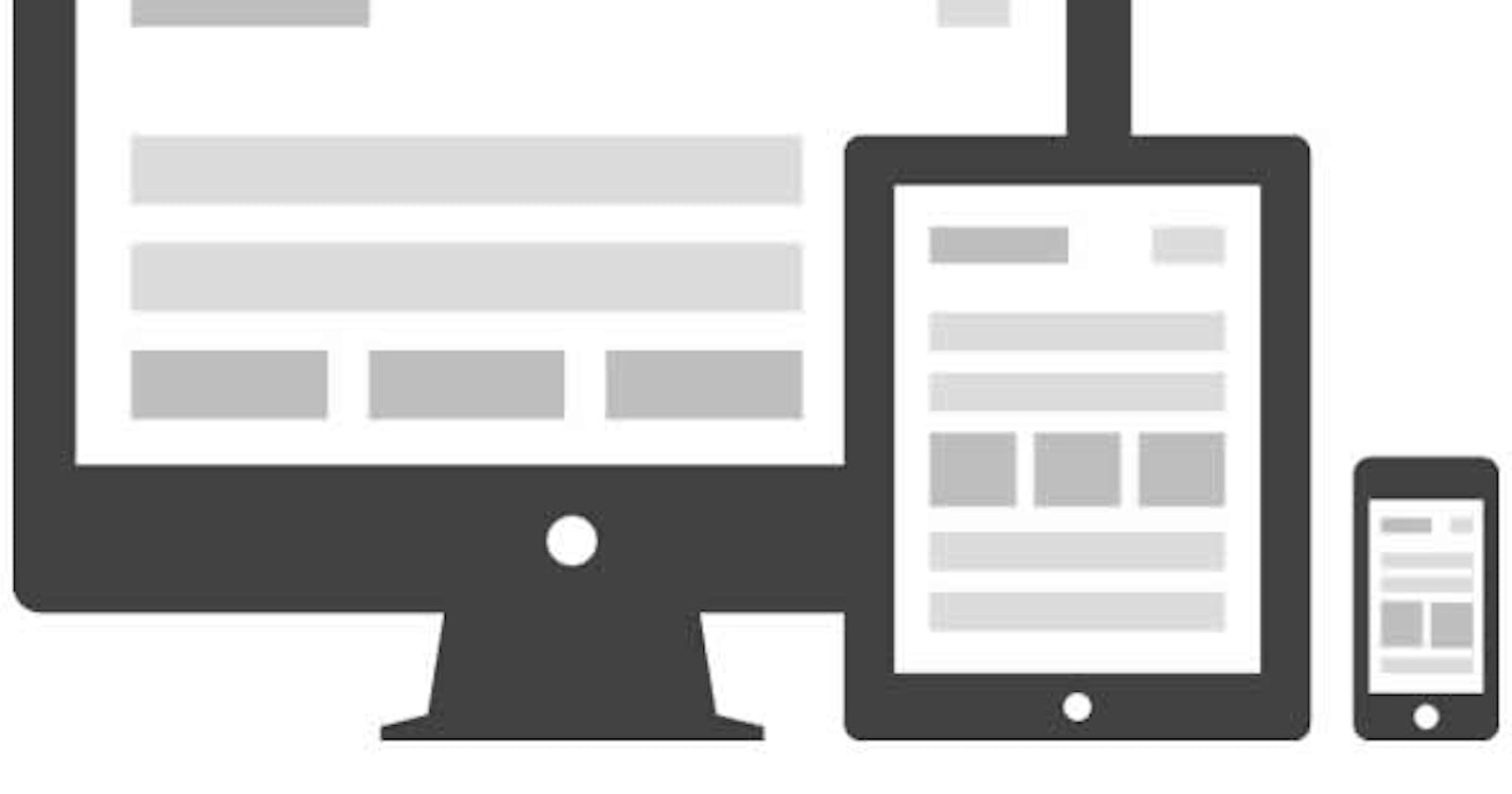Table of contents
Media query is a CSS technique introduced in CSS3. It uses the @media rule to include a block of CSS properties only if a certain condition is true.
Syntax :
@media media-type (media-feature){
/*Styles go here*/
}
The @media is a type of At-rule in CSS. These rules will dictate what the CSS will look like based on certain conditions.
The media type refers to the category of media for the device. The different media types include all, print, screen and speech.
all - works for all devices
print - works for devices where the media is in print preview mode
screen - works for devices with screens
speech - works for devices like screen readers where the content is read out loud to the user
Except when using the
notoronlylogical operators, the media type is optional and thealltype is implied.
You can choose to omit the media type and use this syntax instead.
@media (media-feature){
/*Styles go here*/
}
The media feature refers to the characteristics of the browser which include the height and width of the viewport, orientation or aspect-ratio.
Create more complex media queries, then you can use logical operators.
and- This operator is used to join multiple media features. If all of the media features are true then the styles inside the curly braces will be applied to the page.not- This operator reverses a true query into a false and a false query into a true.,(comma) - This operator will separate multiple media features by commas and apply the styles inside the curly brace if one of the conditions is true.
Media query examples
In this first example, we want the background color to change to blue when the width of the device is 600px or less.
In the CSS, we want to add a (max-width: 600px) for the media query which tells the computer to target devices with a screen width of 600px and less.
Inside the media query, we change the background styles for the body to background-color: #87ceeb;.
Here is the complete media query:
@media (max-width: 600px) {
body {
background-color: #87ceeb;
}
}
Here is the CodePen example:
In this second example, we want to change the background color from blue to red if the device has a width between 600 and 768px. We can use the and operator to accomplish this.
@media (min-width: 600px) and (max-width: 768px) {
body {
background-color: #de3163;
}
}
Here is the complete CodePen example:
There are way too many devices out on the market to try to write a media query for each device. Technology is always changing which means new devices will always be coming out.
It is more important that you target a range of devices using media queries.
320px — 480px: Mobile devices
481px — 768px: iPads, Tablets
769px — 1024px: Small screens, laptops
1025px — 1200px: Desktops, large screens
1201px and more — Extra large screens, TV
Conclusion
In CSS, a media query is used to apply a set of styles based on the browser's characteristics including width, height, or screen resolution.
Here is the basic syntax for a media query in CSS.
@media media-type (media-feature){
/*Styles go here*/
}
The media type is optional unless you are using the not or only logical operators. If the media type is omitted then the media query will target all devices.
